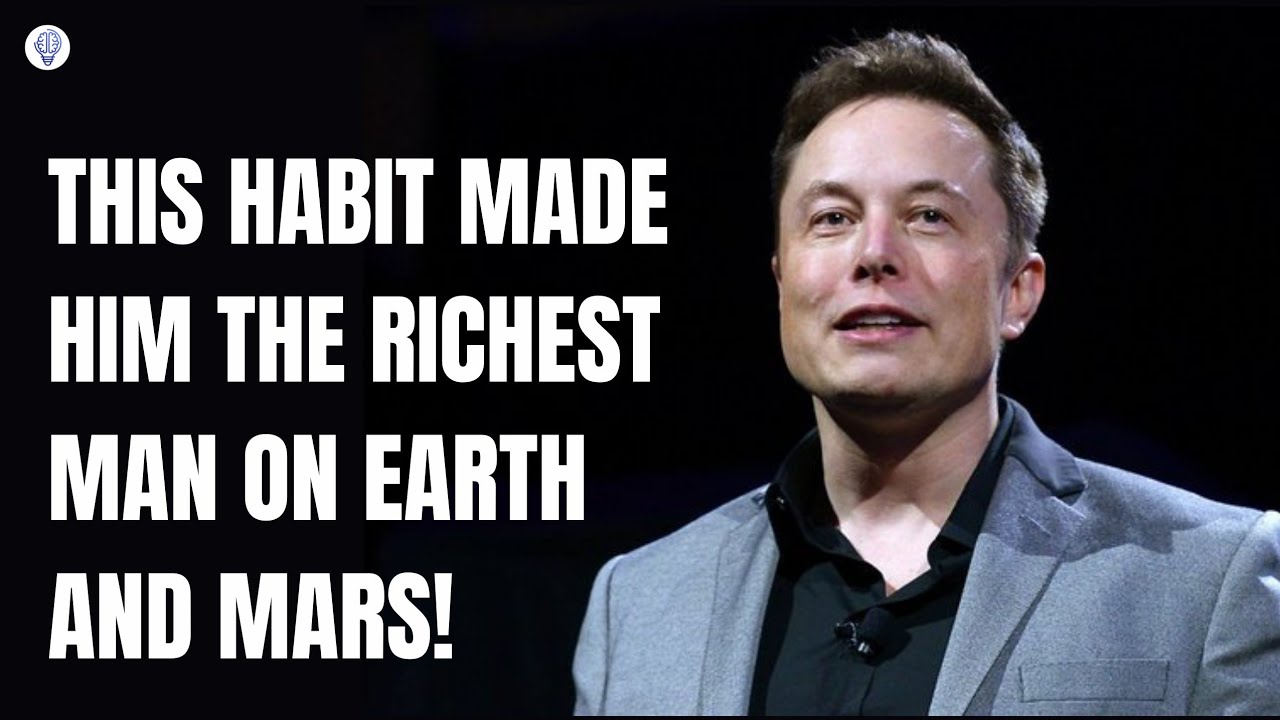Entenda de uma vez por todas o MÉTODO CIENTÍFICO | Prof. Paulo Jubilut
Summary
TLDRThis video explores the scientific method through historical examples like Ignaz Semmelweis' discovery of puerperal fever. It breaks down the scientific process into key steps: observation, problematization, hypothesis formulation, deduction, experimentation, and conclusion. The speaker contrasts common sense with scientific reasoning and clarifies the differences between scientific theories and laws. The importance of both inductive and deductive reasoning in scientific inquiry is highlighted, aiming to encourage critical thinking and a deeper understanding of how science shapes knowledge.
Takeaways
- 😀 Scientific research begins with observation, followed by identifying a problem that requires investigation.
- 😀 A hypothesis is created based on the problem identified, serving as a potential explanation or prediction.
- 😀 Deductive reasoning is used to predict outcomes based on the hypothesis, helping to guide further research.
- 😀 Inductive reasoning involves generalizing from specific observations, though it may not always be accurate, it helps form a basis for hypothesis testing.
- 😀 Scientific experiments are conducted to confirm or reject the hypothesis, allowing for empirical evidence to support or challenge predictions.
- 😀 The results of experiments lead to conclusions, which may validate or refute the initial hypothesis.
- 😀 After concluding the research, the findings are shared with the broader scientific community through publication.
- 😀 Research is a gradual process, and perseverance is essential for success, even if progress is slow.
- 😀 It's important not to confuse inductive reasoning (generalizing observations) with deductive reasoning (predicting outcomes based on a hypothesis).
- 😀 The research process involves a continuous cycle of observation, hypothesis formulation, testing, and conclusions.
- 😀 The ultimate goal of scientific research is to contribute to a greater understanding of the world, and researchers should remain determined despite challenges.
Q & A
What is the primary purpose of scientific research according to the script?
-The primary purpose of scientific research is to understand the world better by observing phenomena, formulating hypotheses, conducting experiments, and drawing conclusions to contribute new knowledge.
What is the difference between inductive and deductive reasoning in scientific research?
-Inductive reasoning involves generalizing an observation to form a hypothesis, whereas deductive reasoning involves predicting what might happen if the hypothesis is correct. Inductive reasoning is more about observation, while deductive reasoning is about prediction.
How does the script define observation in the context of scientific research?
-Observation is the first step in the scientific research process, where researchers notice something in the world and begin to inquire about it, leading to further exploration and hypothesis formulation.
What role does the formulation of a hypothesis play in the research process?
-The formulation of a hypothesis helps in guiding the research by proposing a potential explanation for the observed phenomenon, which can then be tested through experimentation.
How is experimentation crucial to confirming or disproving a hypothesis?
-Experimentation allows researchers to test their hypotheses in controlled environments. By analyzing the outcomes, they can either confirm the hypothesis or identify that it doesn't hold true.
What does the script emphasize about the importance of the scientific method?
-The script emphasizes that the scientific method is a systematic approach to problem-solving that includes observation, hypothesis formulation, experimentation, and drawing conclusions to verify or revise the initial hypothesis.
What does the phrase 'sangue no olho' mean in the context of scientific research?
-The phrase 'sangue no olho' refers to a mindset of determination and focus. It suggests being relentless and dedicated in pursuing scientific research, even when faced with challenges.
Why is it important not to give up during scientific research, according to the speaker?
-It is important not to give up because scientific progress often takes time. Persistence and determination are key to eventually achieving success, regardless of how slow the process may seem.
What happens after a hypothesis is confirmed according to the script?
-Once a hypothesis is confirmed through experimentation, the researcher concludes their findings and proceeds to publish the results to share their discoveries with the scientific community.
How does the speaker encourage the audience in the closing of the video?
-The speaker encourages the audience by motivating them to keep moving forward, reminding them that progress will eventually come as long as they remain persistent and do not give up.
Outlines

This section is available to paid users only. Please upgrade to access this part.
Upgrade NowMindmap

This section is available to paid users only. Please upgrade to access this part.
Upgrade NowKeywords

This section is available to paid users only. Please upgrade to access this part.
Upgrade NowHighlights

This section is available to paid users only. Please upgrade to access this part.
Upgrade NowTranscripts

This section is available to paid users only. Please upgrade to access this part.
Upgrade NowBrowse More Related Video

How to Handle Criticism, Hate and Disrespect?

Historia De La Asepsia - Caso Semmelweis

EL Metodo Cientifico, Semmelweis

The Life Saving History of Hand Washing | Told by Max Brooks | History at Home

Can you outsmart the fallacy that fooled a generation of doctors? - Elizabeth Cox

Simon Sinek । 50 Minutes for the NEXT 50 Years of Your LIFE
5.0 / 5 (0 votes)